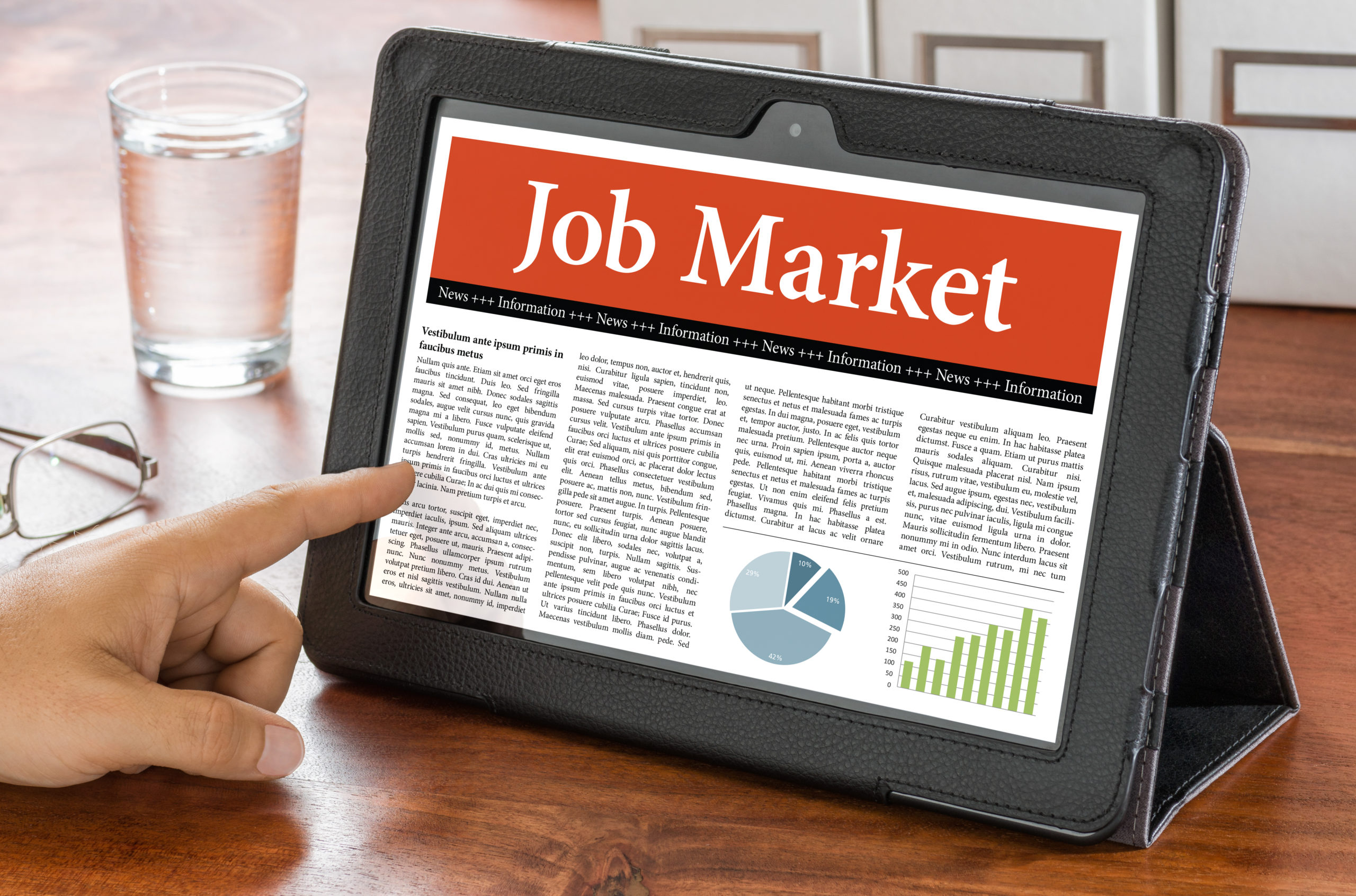
By Ringside Talent
July 15, 2020
We are in the midst of the deepest recession in 80 years. The unemployment rate is historically high. That typically means many job seekers per job opening, making it hard to find employment but easy for employers to find qualified workers.
This time is different – but only for the next several months. The disconnect between the unemployment rate and the ease of finding a job or finding qualified workers is likely to significantly narrow in the coming months.
While it is more difficult for job seekers to find jobs than it was earlier this year, before the pandemic, it is not unusually so. Just 24 percent of the respondents to The Conference Board’s Consumer Confidence Survey® in June said that jobs are hard to get. That’s a much smaller percentage than those who said the same during the Great Recession, and other recessions, even though the unemployment rate in recent months is the highest in the post-war era.

The same holds true for finding qualified workers: According to the National Federation of Independent Business, it is not as easy for employers to find qualified applicants for job openings as it was during the Great Recession.

The disconnect between these measures and the unemployment rate is the largest ever. Why is that? Many of the people counted as unemployed are not actively, or seriously, looking for a job, for several reasons:
First, about 60 percent of the unemployed in the household survey self-described as being temporarily laid off (i.e expecting to return to their previous jobs within six months). Many of these people think they are going to go back to their employer. They have a job (or so they think). They’re just not doing it right now, so why look for another one?
In addition, according to a recent study from the National Bureau of Economic Research, in the current expanded unemployment insurance system enacted under CARES, two-thirds of eligible workers can receive benefits which exceed lost earnings and one-fifth can receive benefits at least double lost earnings. With such relatively large benefits, many unemployed people may not rush to find a new job.
Lack of childcare is also an issue. Many summer camps and programs have been cancelled, so some unemployed people may be taking advantage of the expanded unemployment benefits rather than looking for a new job, which would necessitate figuring out daytime childcare.
And finally, many of the available jobs, especially for people without higher education, include a high risk of infection, which could further deter people from searching for a job at this time.
In sum, while the number of unemployed workers is historically high, the number of unemployed people who are seriously trying to find jobs is much smaller. Jobseekers are competing against a much smaller number of people for new spots than the unemployment rate suggests, making it easier to get a job.
However, the disconnect between the unemployment rate and the ease of finding a job or finding qualified workers is likely to narrow significantly in the coming months. Why?
First, many workers will, unfortunately, realize that their temporary layoff has become permanent. With the recent large spike in new Covid-19 cases, the outlook for the economy has significantly deteriorated. We don’t expect employment to grow much, if at all, in the coming months. Second, many unemployed people are likely to stop receiving such generous unemployment benefits after July.
When that happens, more unemployed people will seriously look for a job, resulting in a larger number of job seekers per job opening. That is when finding a job will become more difficult and finding qualified workers will become easier. That is also when downward pressure on wages will become more intense, especially for new hires. In fact, in the next year or two, we expect wage growth in the US to be the lowest in recorded history.
The unemployment rate overestimates the slack in the US labor market. But not for long.
Source: Gad Levanon via Forbes

